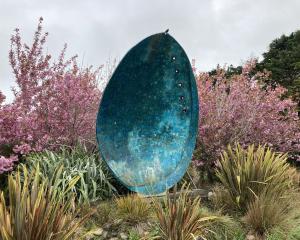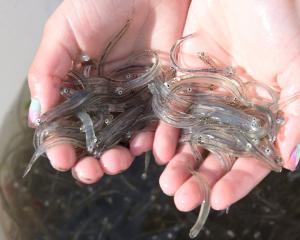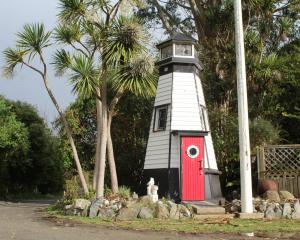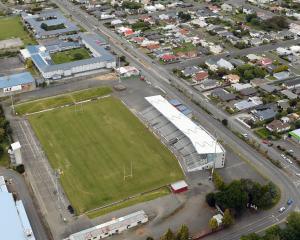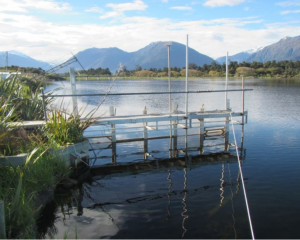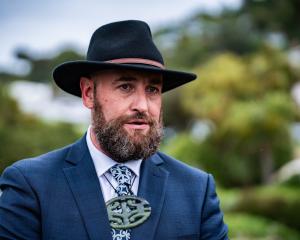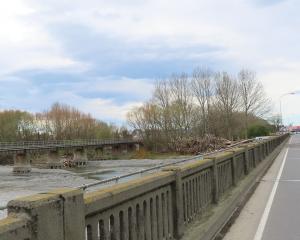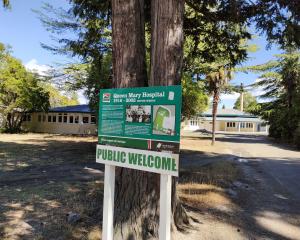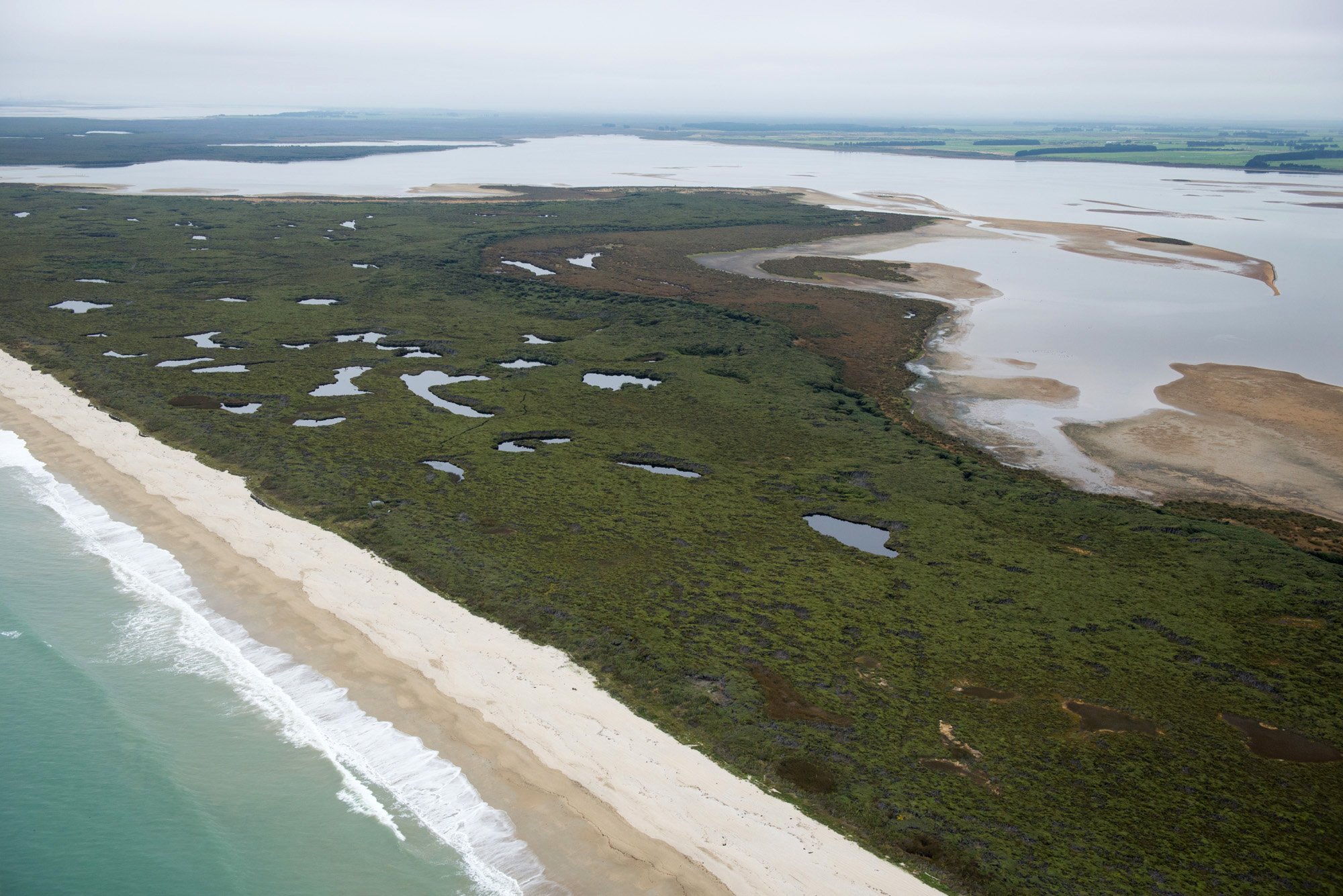
Waituna Lagoon — a wetland of international significance — had to be opened to the ocean in January due to the threat of the toxic algae.
Environment Southland chief scientist Karen Wilson said the lagoon was no longer in a state of bloom, with recent quality tests showing water had "returned to normal levels."

"However, considering our monitoring work and that done by the Department of Conservation, as well as our collaboration with experts in the areas of the complex ecosystems that make up the Waituna Lagoon, we are expecting the lagoon to return to a state of ecological health over time."
With the lagoon improving, monitoring frequency had decreased towards normal levels.
A high frequency monitoring device had been temporarily installed creating additional data compared to before the lagoon was opened, Ms Wilson said.
The manual opening aimed to disrupt the bloom by mixing sea water into the lagoon.
It worked, but jeopardised rupia — an aquatic plant crucial to the area’s ecological wellbeing — in the process.
Department of Conservation freshwater science lead Nicki Atkinson said rupia surveys had recently been completed by NIWA, with results still being waited on.
"We’re not expecting the rupia to have bounced back at all, from this survey. It’ll be a wait and see until next year."
Ms Atkinson said it would be crucial to protect the growing season for rupia over the upcoming spring and summer.
A major issue affecting the area was nutrient run-off from surrounding farms, but Ms Atkinson said people were working hard individually to reduce the problem.
"I don’t know that that has necessarily resulted in a significant change to the lagoon, but there is certainly a willingness.
"And that community does really care about the state of the lagoon as well, that’s really clear to all of us."
Located southeast of Invercargill, the Waituna Lagoon is home to native birds, fish and plants.
In 1976, the area made history by becoming the first in the country to be recognised under the Ramsar Convention as a wetland of international significance.
- LDR is local body journalism co-funded by RNZ and NZ On Air.

